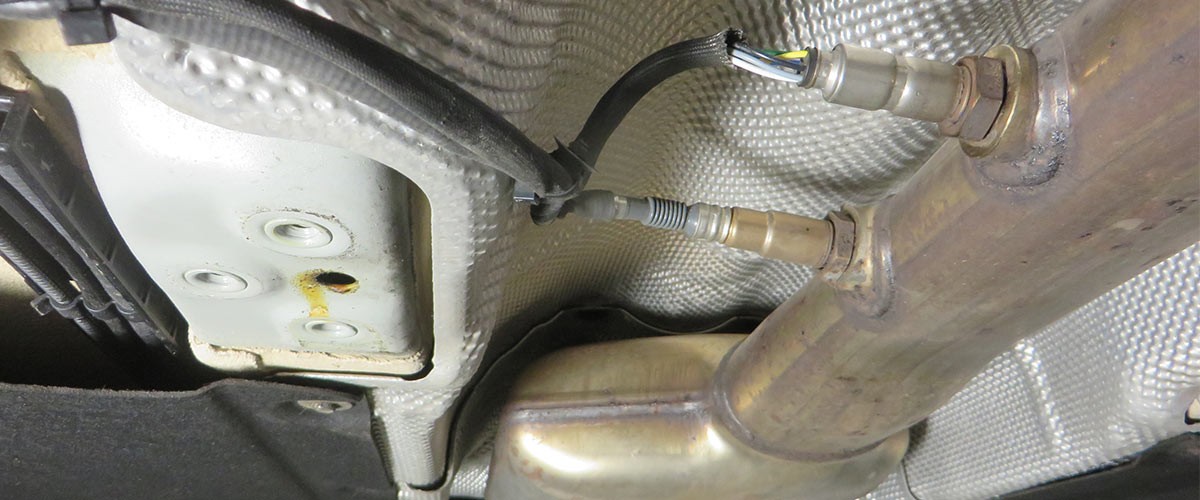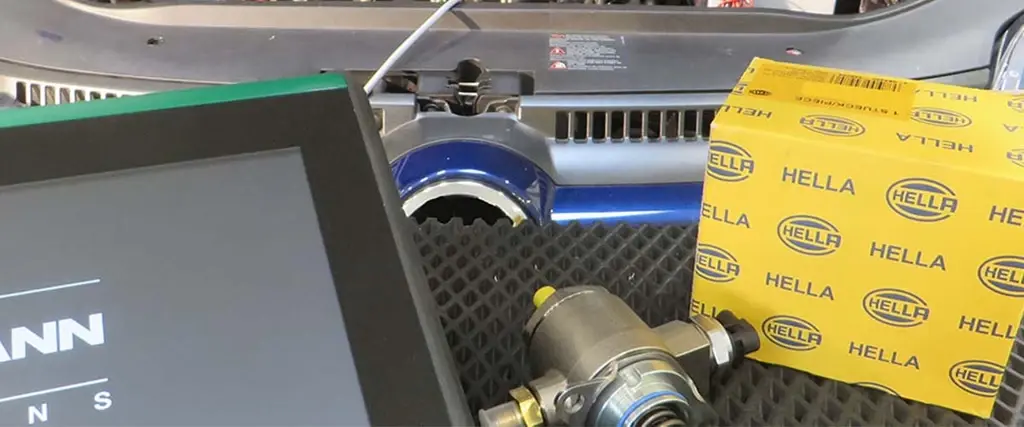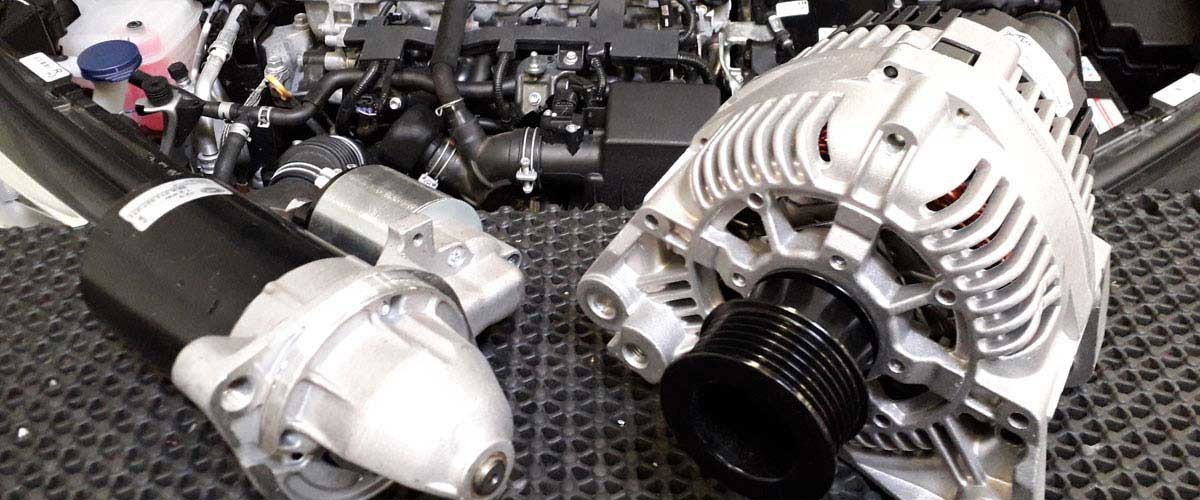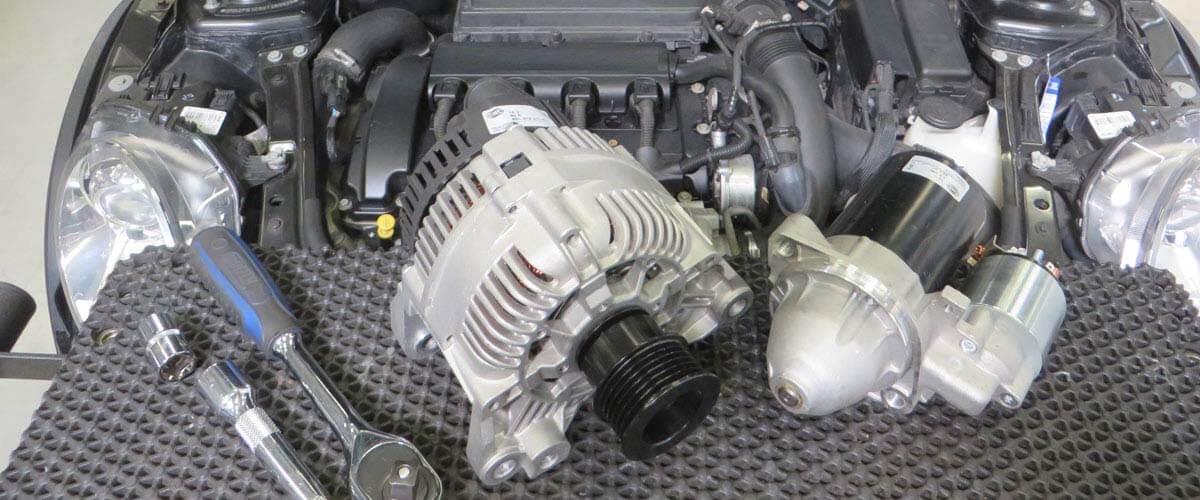Checking the plug connection
Check plug connection for tight fit and correct contact.
The air-mass sensor calculates the intake air mass in internal combustion engines. The engine control requires this variable in order to control a wide range of functions. This page explains the design and function of the air-mass sensor. You will also find information about how a faulty air-mass sensor can manifest itself, the causes leading to its failure, and how it can be checked in the workshop.
Important safety note
The following technical information and practical tips have been compiled by HELLA in order to provide professional support to vehicle workshops in their day-to-day work. The information provided on this website is intended for suitably qualified personnel only.
The air-mass sensor is used to measure the intake air mass. It consists of a tubular housing with flow straightener, sensor protection, and sensor module. It is mounted in the intake pipe between the air filter housing and the intake manifold.
A faulty air-mass sensor may manifest itself as follows:
Causes for failure of the air-mass sensor can be:
Check plug connection for tight fit and correct contact.
Check the air-mass sensor for damage.
Check the measuring elements for damage.
Check the voltage supply
Check the connecting cables between the removed control unit plug and the sensor plug for continuity (circuit diagram required for pin assignment). Reference value: approx. 0 ohms.
Electronic test of the air-mass sensor through the engine management control unit. When a fault occurs, a fault code is stored in the control unit that can be read out using a diagnostic unit.
How helpful is this article for you?
Success
Success
Success
Success
Error
Thank you for your feedback!
Wrong Captcha
Something went wrong




Benefit from consenting to our cookies ‒ we use cookies to:
By clicking on "I agree", you consent to the placement of cookies.
You can find out more about the cookies used by HELLA websites in our Cookie Policy .
Our cookies do not contain any personal data.
For more information, see our data protection notice.
Great! Just one more Step
Head to your inbox and confirm your email address so that you don’t miss our updates!
Get ready for brand new technical videos, car repair advice, trainings, helpful diagnostic tips, marketing campaigns and much more... delivered straight to your inbox every two weeks!
Sign up for our free HELLA TECH WORLD newsletter to receive the latest technical videos, car repair advice, training, marketing campaigns and diagnostic tips.
Together we can get cars back on the road quickly!
Success
Success
Error
Please note: You will only be subscribed to the newsletter once you have clicked on the confirmation link in the notification e-mail you will receive shortly! Data Protection | Unsubscribe
